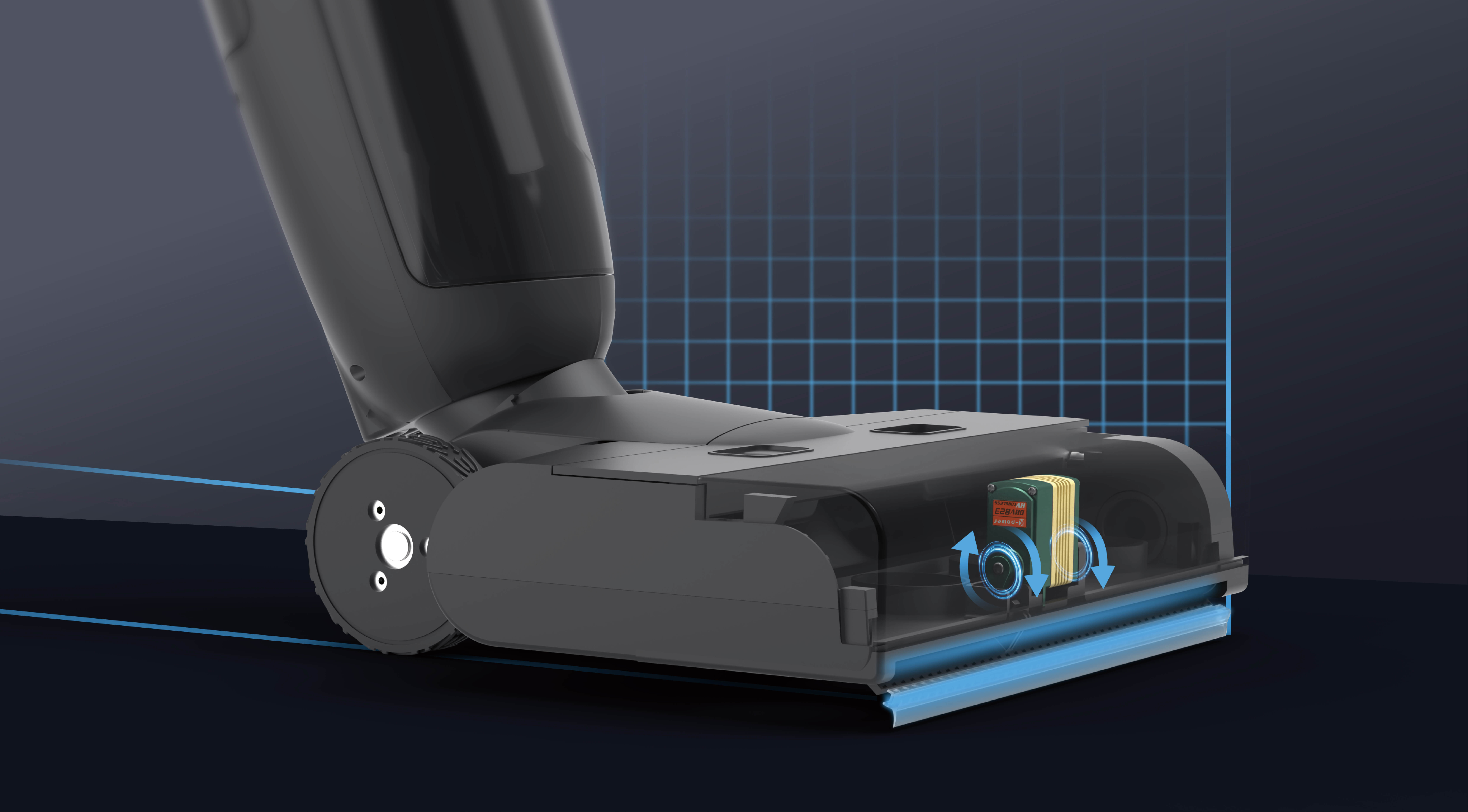When it comes to choosing a motor, the debate between brushless DC motors and brushed motors is always lively. You probably wonder, what’s the real difference? Well, let’s take a quick walk through it.

Brushed motors, they’ve been around for ages. They’re simple, straightforward, and knock on your door in small, budget-friendly packages. Think about your old remote-controlled cars or basic appliances—that’s often brushed action. The giant bennie? Commutators and brushes. They rub against each other—kind of like old friends bumping elbows—which inevitably causes wear and tear. How long do you think that lasts? Over time, those brushes wear out, causing the motor to lose efficiency or even just stop working altogether.
Now, switch gears to brushless DC motors. Imagine a high-performance sports car compared to a bicycle. That’s the level of sophistication. They don’t have brushes—no rubbies, no fuss. Instead, they rely on electronic commutation, which means the motor’s magnetic fields switch seamlessly, creating smoother and more precise movements. It’s like steering with a GPS versus manual steering—you feel the difference when you’re riding.
But what about efficiency? That’s where brushless really shines. By eliminating those physical brushes, losses from friction are minimized. Quiet operation? Check. Longer lifespan? Double check. When you slide into the driver’s seat of a drone or an electric bike that runs on a brushless motor, you’ll notice how much quieter and more responsive it feels. Plus, they generate less heat, which is a big deal when durability counts.
Here's where many get stuck: cost. Sure, brushless motors tend to be pricier upfront because of the electronics and manufacturing complexity. But ask yourself—if you’re building something that needs to run nonstop or last years, isn’t paying a bit more now worth it? Plus, the maintenance costs? Way lower. No brushes to replace, no commutator that wears out — it kind of pays for itself over time.
And what about performance? Brushless motors deliver more torque at higher speeds. They’re perfect for applications where speed control and efficiency are king. Think about modern drones or electric vehicles—they thrive on this kind of power. The brushed motors might be enough if you’re after something simple, but when precision and longevity matter, brushless is often the better pick.
In the end, choosing between them feels like selecting between a classic reliable car and a sleek electric vehicle. If you want something simple, cheap, and quick to deploy, brushed motors are your old faithful. But if your goal is high performance, low maintenance, and a longer lifespan, brushless motors turn out to be the way to go.
It’s worth pondering—what will make your project really stand out? Sometimes, splurging a little on a brushless motor saves a ton of hassle down the line. Ever had a brushed motor fail mid-operation? It’s not fun. That’s why curiosity about these tiny powerhouses really counts. Whether it’s a hobbyist project or a professional setup, knowing what’s behind the curtain makes all the difference.
Established in 2005, Kpower has been dedicated to a professional compact motion unit manufacturer, headquartered in Dongguan, Guangdong Province, China.




































